NEWS

★Polyester fiber
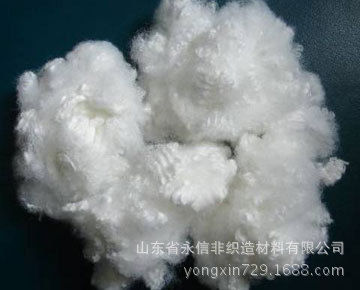
△ made into pure or blended spunlace Product use: 100% polyester staple fiber as raw material or with viscose fiber, ES fiber mixed spunlace nonwovens, the product is widely used in many fields, mainly for: medical and health Products, cleansing care and health products (wipes), cleaning wipe products, but also for: food packaging, filter bags, garment linings, curtains, shopping bags and so on.
△ Note: fiber specifications: 38 mm × 1.56dtex (Jiangsu Yizheng)
★Viscose fiber
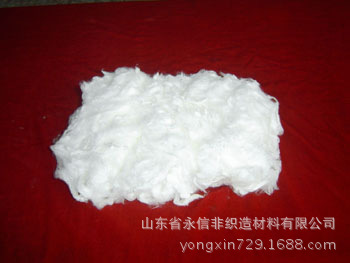
△ made into pure spinning or blended spunlace Uses:
Adopt 100% viscose staple as raw material or spunlaced non-woven fabric mixed with polyester fiber, ES fiber, polypropylene fiber, methyl cellulose fiber and so on. The products are widely used in medical hygienic products, cleansing care and Health supplies (wipes, masks), cleaning and wiping products.
△ Note: fiber specifications: 38 mm × 1.67dtex (Tangshan Sanyou) and 38 mm × 1.7dtex (Nanjing Lan Jing)
★bamboo fiber

△ made into pure or blended spunlace Product use: 100% bamboo fiber as raw material or mixed with viscose fiber spunlace non-woven, is a natural, ecological and environmental green products, and gradually get the market widely recognized, Mainly used for: baby wipes, masks, sanitary napkins, pads and other care products, but also for food packaging, shopping bags and so on.
★A gram of fiber
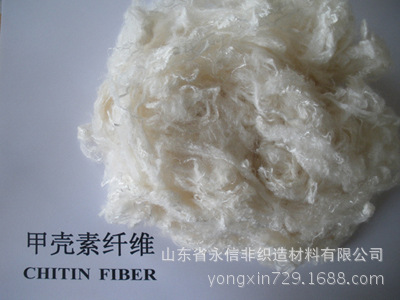
△ Introduction and characteristics of raw materials: Chitin fiber from shrimp, crabs, insects and other crustacean shell and fungi, algae cell wall extracted from a cellulose-like natural high-glycan, 100% shell The polysaccharide is dissolved in a suitable solvent and is 100% degradable by using the conventional wet-spinning process and a series of post-treatment processes, that is, chitin fiber. The product has antibacterial and antibacterial deodorant functions (antibacterial rate: large intestine Bacillus, Staphylococcus aureus and Candida albicans are over 99.8%), pain relief and absorption of skin-friendly features such as good special.
△ made into pure spinning or blended spunlace Uses:
100% chitin fiber as raw material or mixed with viscose, jade bamboo fiber spunlaced nonwovens, the product is widely used, mainly for: medical field, skin care and military and other fields, with broad market prospects .
★Soybean protein fiber

△ made into pure spinning or blended spunlace Uses:
100% soy protein fiber as raw materials or with viscose, jade bamboo fiber spunlace non-woven production, and its products are gradually being applied and promotion, mainly for: medical and health products, facial mask and lady care products , Has a certain market potential.
★Tencel fiber
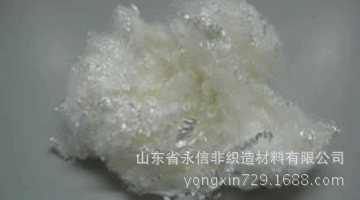
△ made into pure spinning or blended spunlace Uses: 100% Tencel as raw material or mixed with cotton, polyester, viscose or silk fiber spunlace non-woven products, mainly used for facial mask, medical materials, baby wet Towels, diapers, women's health care products and so on.
△ Note: fiber specifications: 38 mm × 1.7dtex
★ Bamboodale fiber
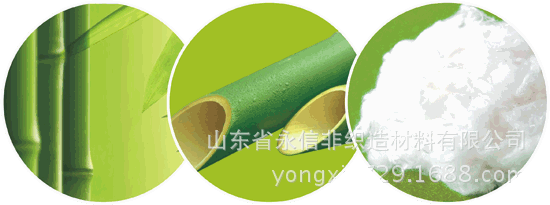
△ Introduction and characteristics of raw materials: Zhundul bamboo fiber industry by leaps and bounds, a new concept, superb technology, more effective maintenance of bamboo fiber green, environmental protection, ecology, health, comfort superiority, at the same time with more Excellent breathability, instantaneous water absorption, stronger abrasion resistance and excellent dyeing, non-fuzzing, elegant drape, crisp and elegant, excellent heat and wet comfort, effectively regulate body temperature and water requirements, the pro Skin is refreshing, but also has good bacteriostatic and deodorizing properties. It is a green product that can be degraded 100%.
△ made into pure spinning or blended spunlace Uses:
100% Zhudeer as raw material or mixed with viscose fiber spunlace nonwovens, the products are mainly used for the mask, the baby lady wipes,
Sanitary napkins, pads, diapers and other care products.
△ Note: Fiber Specifications: 38 mm × 1.33dtex (Tangshan Friends)
★Modal fiber
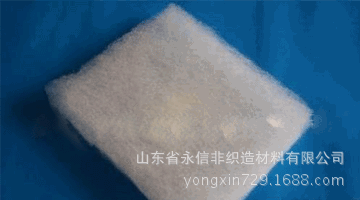
△ made into pure spinning or blended spunlace Uses:
100% modal as raw material or mixed with viscose fiber spunlaced nonwovens, the product is mainly used for facial mask, baby wipes, women
Health care products.
△ Note: Fiber Specifications: 38 mm × 1.33dtex (Tangshan Friends)
★ grass coral fiber
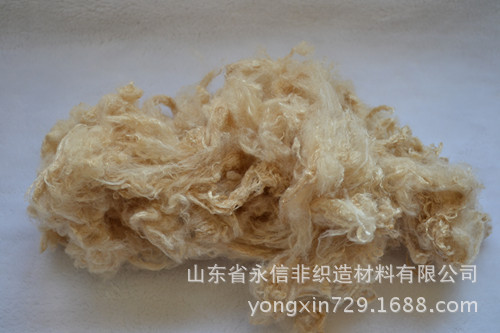
2, plant antibacterial: tested against Escherichia coli, Staphylococcus aureus, Candida albicans has inhibited, and passed the AAA level 50 times after the test, still above the national standard.
3, excellent spinnability: retain the spinnability of cellulose fibers, with soft, comfortable, good air permeability.
4, the grass coral Jinnian Branch perennial evergreen subshrubs, with detoxification, Qufenghuoxue, swelling and pain, anti-bacterial anti-inflammatory effect, is widely used in food medicine, personal hygiene products.
5, natural green, plant antibacterial, soft and breathable, water and skin-friendly
6, grass coral fiber spunlace nonwovens can be widely used in medical and health, beauty and skin care and other fields.
7, Specifications: 1.67dtex * 38mm
★ mint fiber
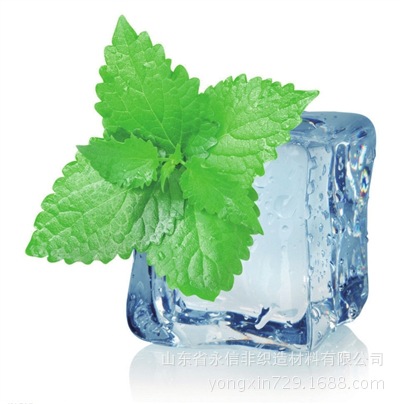
2, close to the skin color permeability, antibacterial, cool feeling, excellent physical properties, mint fiber mask fabric to become an excellent material.
3, has a good antibacterial anti-inflammatory effect, the detection of Staphylococcus aureus, Escherichia coli, Candida albicans has an inhibitory effect, and through the AAA level 50 times after the test, still above the national standard.
4, with fresh skin, plant antibacterial, natural sense of cool, fresh skin, anti-mite anti-mildew.
5, mint for many years herbs, Labiatae, golden elegant aroma, leaves opposite students, flowers small lilac, flower knot dark purple brown small fruit.
6, mint fiber spunlace nonwovens can be widely used in medical and health, beauty and skin care and other fields.
7, Specifications: 1.67dtex * 38mm
★ Poria fiber
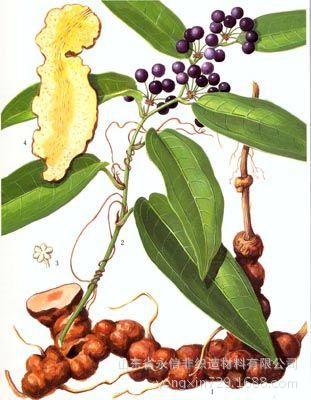
1, Poria commonly known as Songling, Fangling, parasitic in pine roots fungi. Shape like sweet potato, dark brown skin, which is white or pink, the protists for the Polyporus, white Poria, red Poria.
2, plant antibacterial: tested against Escherichia coli, Staphylococcus aureus, Candida albicans has inhibited, and passed the AAA level 50 times after the test, still above the national standard.
3, Poria pharmacological effects: Lee water swelling, whitening anti-inflammatory, enhance immune function, liver, anti-tumor.
4, green herbs, natural pollution-free antibacterial, strong moisture absorption, excellent physical spinnability, the ideal mask fabric;
5, freckle whitening, moisturizing the skin, the treatment of sores, dilation of blood vessels.
6, Fuling fiber spunlace production of non-woven fabric can be widely used in medical and health, beauty and skin care and other fields.
7, Specifications: 1.67dtex * 38mm
